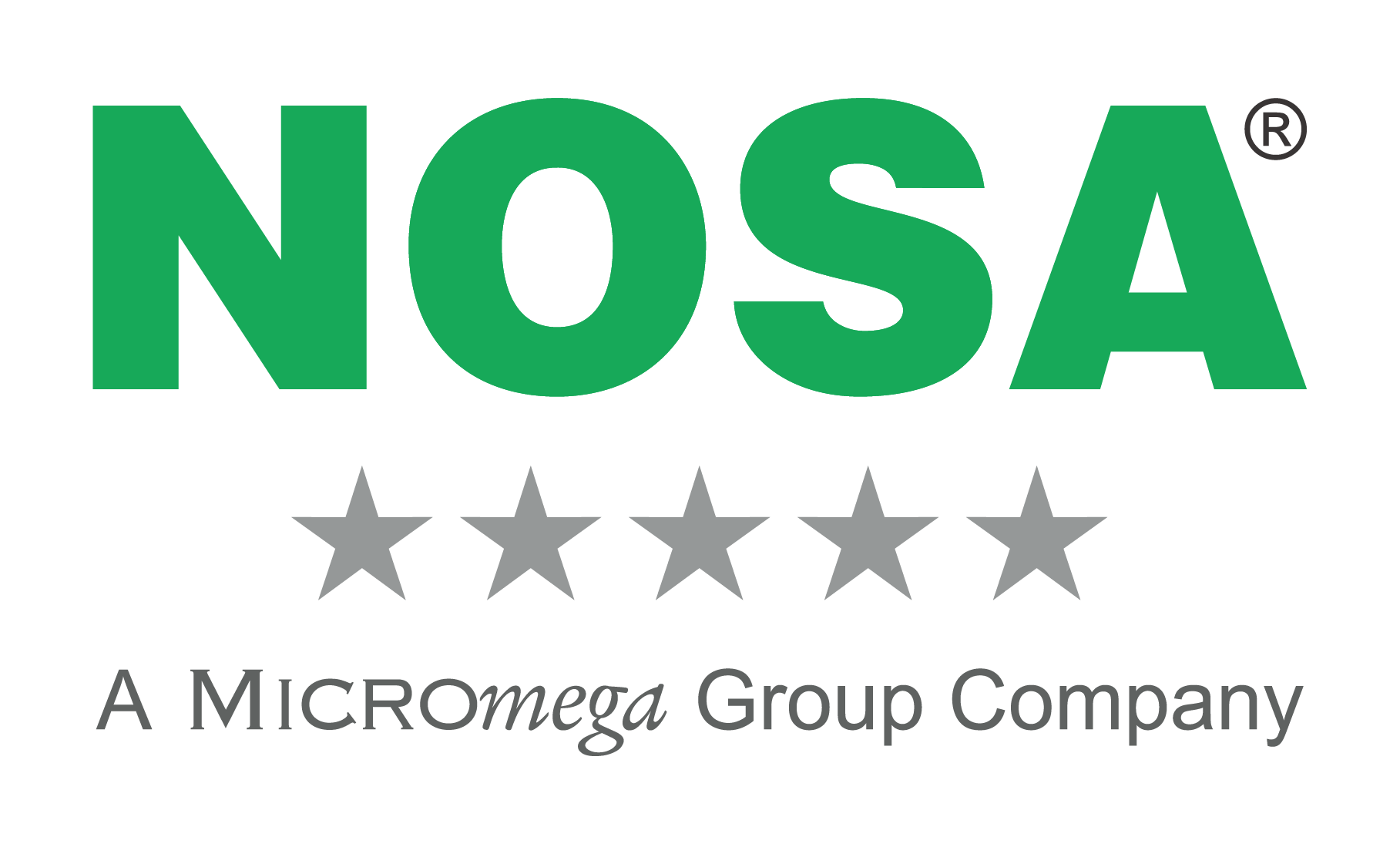Most occupational health and safety legislation requires employers to provide training to employees that enables them to perform their work in a manner that is safe and without risks to their health and safety. We all recognise the value and benefit of workforce training – it makes workers more efficient by increasing production, revenue, and profits while decreasing costs, waste, and inefficiencies. Effective training can lead to increased compliance with regulations. It can even lead to a happier, more satisfied workforce, which in turn reduces turnover and costly on-boarding. But it needs to be done properly and effectively – you cannot blaze forth with half-formed plans and vague ideas of how to proceed.

If you do, you can be sure of the following problems:
- Creating training that doesn’t support a true business goal
- Creating training that doesn’t match the problem
- Creating training when you haven’t first identified the true purpose of the training
- Creating training that includes too much information
So how do you roll out an effective training programme, and one that can be sustained over several months, or even years? In our next series of blogs, we offer you an overview of the eight-step process you can use as your template, followed by a drilled-down look at the specifics of each step. Here are the first four steps.
Step 1: Perform a training needs analysis
An employee approaches you with a problem, and proposes training to resolve it. Before you give your approval, it is a good idea to assess the situation. One size doesn’t fit all, so you need to look at each individual situation and decide exactly the kind of training to introduce.
Checklist
| X | |
| Review your business objectives and identify critical activities | |
| Set measurable performance standards | |
| Monitor performance to identify problem areas | |
| Get feedback from customers, suppliers and other key business partners; consider using interviews or surveys | |
| Ask employees to raise concerns and make suggestions; include discussion of training needs in employee performance management | |
| Identify any dependencies, for example, where only one employee has crucial skills or knowledge | |
| Review any legal requirements | |
| Review any changes you plan or expect (e.g. new products, procedures or technologies); identify potential weaknesses and problems | |
| Consider how employees’ roles may change: for example, your plans to promote individuals and to develop new employees | |
| Prioritse problem areas or areas of weakness | |
| Consider how improving systems or equipment could contribute to resolving problems | |
| Consider whether poor performance reflects bad management, for example, a failure to agree clear objectives and motivate employees | |
| Consider whether you have unrealistic expectations given the calibre or number of employees, and if you need to recruit new talent or reassign roles | |
| Consider whether training will be an effective solution; assess employees' willingness to learn, and preferred learning style | |
| Identify training options; set clear objectives for training activities | |
| Implement a pilot training scheme and review the outcome before rolling the programme out | |
| Regularly review the outcome of training to identify further training needs and to assess the effectiveness of your training-needs analysis |
The basic training needs assessment is a four-step process. Those steps are:
- Identify a clear business goal that the training supports
- Determine the tasks the workers need to perform so the company can reach that goal
- Determine the training activities that will help the workers learn to perform the tasks
- Determine the learning characteristics of the workers that will make the training more effective
Step 2: Keep adult learning principles in mind
The workers you want to train are adults, and adults share certain characteristics that that make training more effective for them (or less effective if you ignore the characteristics). If your training recognises and respects these adult learning principles, it is likely to be more effective. If your training disregards these principles, you’re wasting training money.
Adult learners:
- are self-directed
- come to training with a lifetime of existing knowledge, experience, and opinions
- are goal-oriented
- want training that is relevant
- want training that is task-oriented
- learn when they see ‘what’s in it for them’
- want to be and feel respected.
Step 3: Develop learning objectives
Before you begin creating any training, you need to create a list of learning objectives. Learning objectives are a list of things the workers must be able to do after they have completed the training. Once you’ve created your learning objectives, create content that covers the objectives. In addition, the following should assess only the workers’ understanding of the objectives:
- quizzes
- tests
- case studies
- hands-on exercises
performed during training to evaluate your worker’s comprehension of the training.
Step 4: Design your training materials
Designing training materials is a bit like planning a dinner party – you have to come up with a menu, write the recipes, decide on the wine, and who you’re going to invite. This is the ‘plan before you do’ phase of creating your training.
12 points to keep in mind during design
- Design is crucial before development.
- Always focus primarily on the learning needs of your employees, and not on what’s easy for your trainers.
- Only create training content and assessments that relate directly to your learning objectives.
- Remember the adult learning principles.
- Include as much hands-on practice or simulation as possible: people learn by doing.
- Whenever possible, put the employees in control of the learning process (instead of the trainer).
- Let the employees talk and interact with the trainer and with each other during the training.
- Make sure there’s plenty of opportunity for feedback during training.
- Break your training materials up into small chunks that are easier to take in and understand.
- Order your chunked training materials in a logical manner.
- Try to use a blended learning approach that includes training in several different formats.
- Try to appeal to a variety of your workers’ senses during training.
Sources:
http://blog.convergencetraining.com/how-to-create-an-effective-training-program-8-steps-to-success
http://www.acc.co.nz/PRD_EXT_CSMP/groups/external_ip/documents/publications_promotion/wcm000924.pdf
http://www.startupdonut.co.uk/startup/employees/people-management/how-to-identify-training-needs





